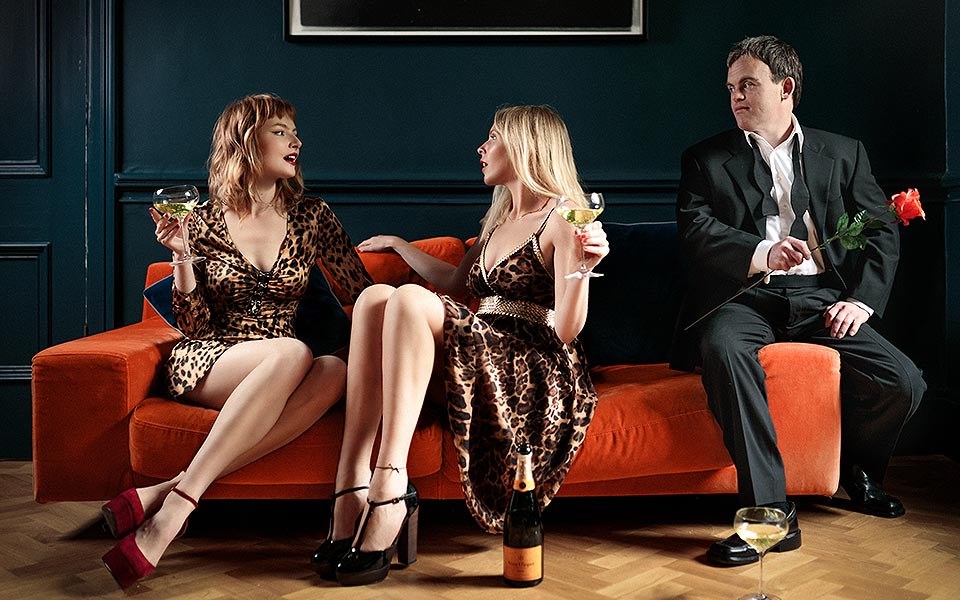I was very honoured to be asked to create a series of images for this exhibition. The Idea was to inject a dose of glamour, a provocative edge and a nod to the worlds of fashion and Hollywood into the photos. Mix this with a few props and a couple of story ideas, and let Alex work his magic.
The result hopefully, is a set of images that put a smile on your face and raise an eyebrow at the same time. Possibly even raise a question or two.
We live in a time where inclusivity is at the forefront of social thinking, where old ideas and stigmas are slowly being torn apart around race, ethnicity and minority groups.
I like the idea of challenging how we see Down syndrome and trying to push those boundaries. Having spent time working with Alex and getting to know him underlined just how much he had to give and offer to this project.
Being put in front of a camera and asked to act a certain way when people are stood watching you is no mean feat. Yet for Alex it seemed like the most natural thing in the world to do.
There were no boundaries or obstacles because of Alex’s Down’s syndrome.
There was just Alex, his energy, his enthusiasm, his professionalism and his amazing personality.
Images subvert stereotypes and convey power and visibility.
The photos that Aron Hosie has taken for the Down’s Syndrome Association anniversary are welcome as a representation of high-quality artwork that would not look out of place in a glossy Sunday magazine, writes Tracey Harding.
The colour prints stand out and demand our attention, as Alex Boys is shown in the photos as being in control and often in a position of power.
This subverts the idea of people with Down syndrome being powerless and unseen in our society, while also leaving the observer of the photo to reach their own conclusions as to how they address stereotypes about learning disability and the situations Alex has been placed in.
One photo of Alex sitting by a car looking out at the sunset is reminiscent of James Dean, shot with a Hollywood glamour.
Others show Boys in alpha male poses, with glamorous female models making the viewer feel slightly uncomfortable at the stereotypical male gaze, which represents women as sexual objects for the pleasure of the male viewer.
The photos are provocative and thought provoking. They remind us of the work of Robert Mapplethorpe, whose black and white photos featured an array of controversial subjects that challenged and invoked debate in the art world.
There is no doubt that Hosie has produced a series of photos that encourage discussion about learning disabilities and representation in society, and the presentation of these images in an exhibition format is long overdue and necessary.
Tracey Harding is Community Living’s arts and film correspondent.

Boys is shown in alpha male poses, with glamorous female models making the viewer feel slightly uncomfortable





